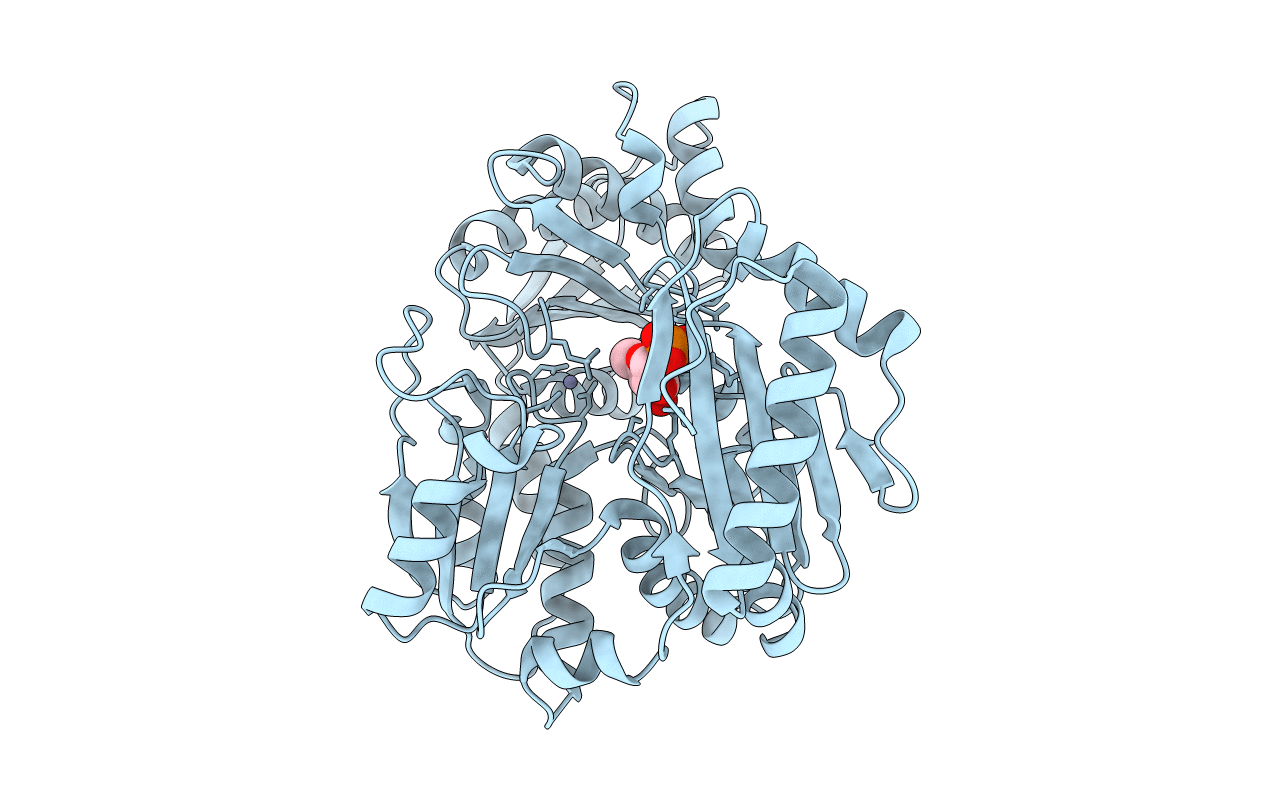
Deposition Date
2007-12-07
Release Date
2008-09-09
Last Version Date
2024-11-06
Entry Detail
PDB ID:
3BKQ
Keywords:
Title:
Structure of the P368G mutant of PMM/PGM in complex with its substrate
Biological Source:
Source Organism:
Pseudomonas aeruginosa (Taxon ID: )
Host Organism:
Method Details:
Experimental Method:
Resolution:
2.05 Å
R-Value Free:
0.24
R-Value Work:
0.21
R-Value Observed:
0.21
Space Group:
P 21 21 21


